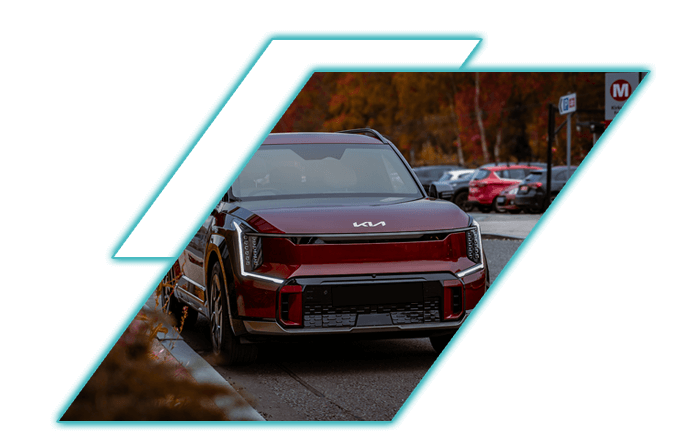Costly and unreliable public chargepoints could hinder EV transition
Following the Government’s recent announcement on supporting the Electric Vehicle transition, with an additional commitment to invest in infrastructure, new research from Zenith, the UK’s leading independent leasing company, has revealed the majority of drivers (80%) are still relying on at-home charging, continuing the trend of a growing driveway divide and risking the adoption of EVs.
Zenith’s 2025 EVXperience report surveyed more than 3,600 drivers on their lived experience driving an EV, with the report finding that 80% of drivers usually charge their vehicle off-street at home – an increase of 4% on 2024’s figure of 76% – compared to just 4% who primarily use an on-street charging point, a decrease of 3% from last year (7%).
The use of public charging hubs by drivers has also decreased to 29%, down 8% from 37% in 2024, suggesting that the “driveway divide” between those who can charge at home and those who must rely on public charging is continuing to grow.
The EVXperience Report 2025
Welcome to Zenith’s third EVXperience report into the lives and experiences of the UK’s Electric Vehicle (EV) drivers.
Drivers think public charging is unreliable
The EVXperience report also found that nearly half (48%) of EV drivers are put off by the reliability of public charging points and only 15% of EV drivers who usually charge using a public on-street charging point reported being very satisfied with the experience of charging their EV. Just 22% of drivers who charge using public charging hubs were satisfied with their experience.
As well as this, there is decreasing confidence that the public charging network will improve over the next three years. In 2025’s report, 11% of respondents indicated they were unsure the infrastructure would improve, compared to just 6% in 2024. This highlights that there is still work to be done to improve attitudes towards public EV charging.

A large regional driveway divide exists between London and the rest of the UK
The data also suggests EV drivers in London are having to rely on public charging points more heavily than the rest of the UK, signifying a regional driveway divide. Only 60% of Londoners charge their EVs off-street at home, 20% less than the average for the UK as a whole.
Figures for charging at on-street points, public charging hubs and destination car parks within the London region were all also found to be higher than the national average, with public on-street charging use for London drivers being 22% versus the UK average of 4%.
This trend is mirrored across the results from those living in cities across the UK, with this group of drivers least likely to charge off-street at home out of those living in cities, towns, villages and rural areas. Only 70% of city drivers charge off-street at home compared to 80% in towns, 88% in villages and 91% in countryside and rural locations.
A look back at previous insights
Our 2024 Driveway Divide results
Our previous EVXperience Report showed that only 14% of EV drivers were using public charging points as their main energy source. The vast majority (69%) primarily charged off-street at home.
“The 2025 version of our annual EVXperience report shows that the EV driveway divide continues to expand. The Government’s recent infrastructure commitments are undoubtedly a step in the right direction, but our report highlights that work still needs to be done to ensure the transition to electric vehicles is smooth for everyone – regardless of where they live or their budget.
“Addressing factors like the availability and cost of public charging will reduce the driveway divide, help EVs fit more seamlessly into drivers’ everyday lives, and improve overall consumer confidence in electric vehicles.”
Andy Wolff, Commercial Director of Zenith’s Corporate division




